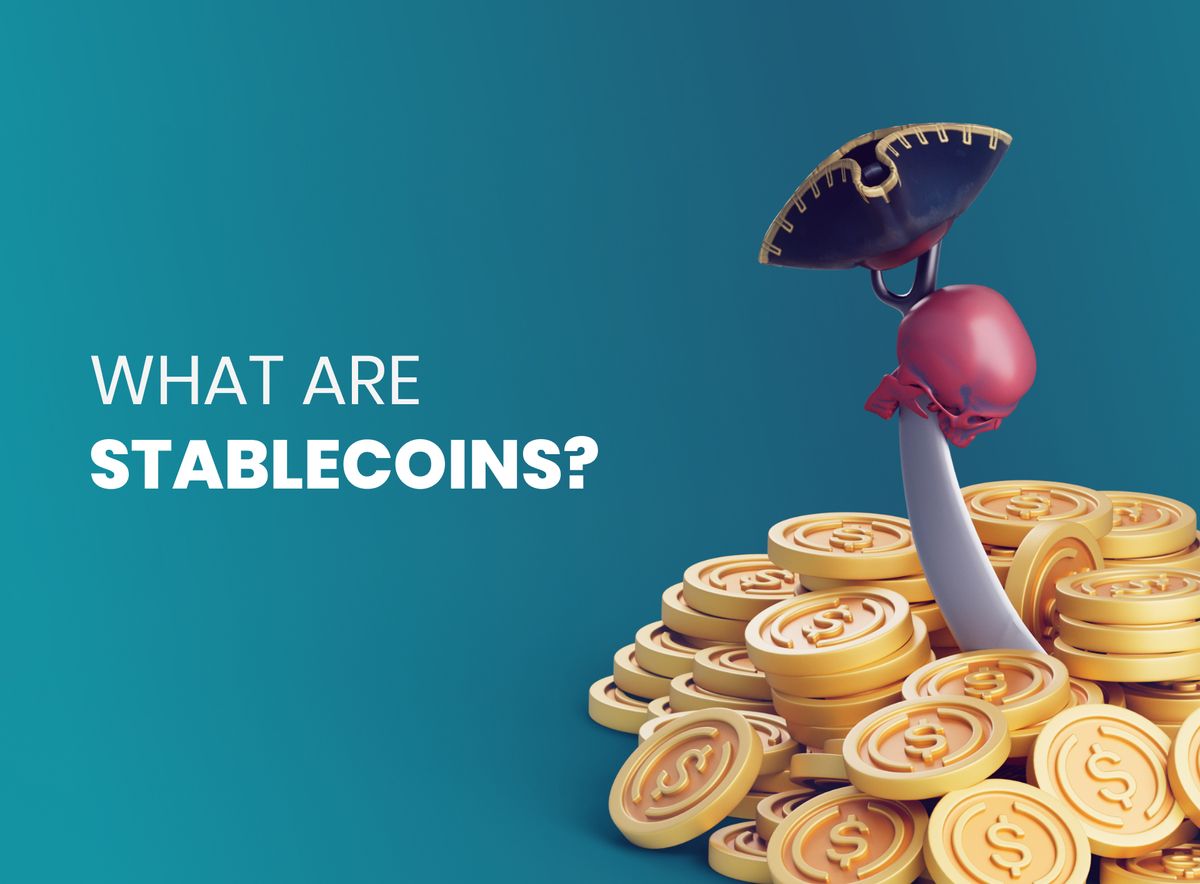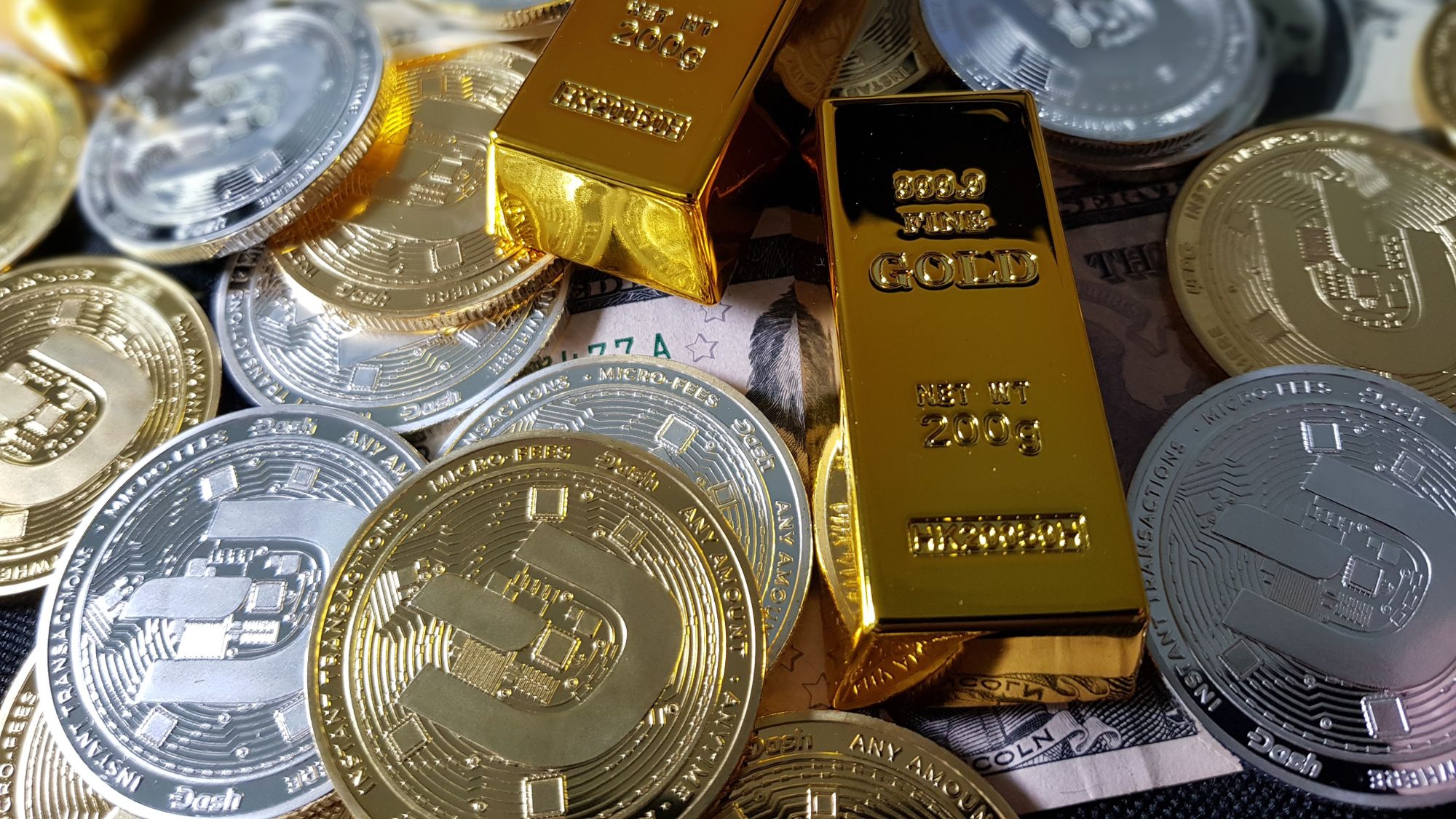What are Stablecoins and How do they Work?
A Stablecoin is a type of cryptocurrency that has its value pegged to an asset class like gold or fiat currency to keep its price stable.

One of the main benefits of cryptocurrency (like Bitcoin, Ether, Cardano, Apecoin and Solana ) is that it eliminates the need for middleman financial institutions to facilitate payments.
However, the challenge that comes with this is that cryptocurrency prices tend to fluctuate.
This is where Stablecoins come in.
In today’s article, we’d be looking at what stablecoins are, how they work and where to buy them.
What are Stablecoins in Crypto?
A Stablecoin is a type of cryptocurrency that has its value pegged to an asset class like gold or fiat currency to keep its price stable. Fiat currency is the standard currency like the dollar (USD) used for day-to-day transactions. These fiat currencies are typically more stable than cryptocurrencies like Bitcoin, Ether, Cardano, Apecoin and Solana.
How do Stablecoins work?
Stablecoins are created to counteract the price fluctuations in crypto trading by linking their value to that of an asset like gold or the dollar that is prone to less unpredictable changes in price. There are different types of stablecoins based on the type of collateral used to back them, and the following are the most common:
Fiat-backed Stablecoins
For fiat-backed stablecoins, the creator or team behind it will establish a reserve where a particular amount of the asset collateral for the stablecoin is stored. For instance, $2 million could be stored in a traditional bank to back up $2 million units of a stablecoin. Whenever a stablecoin owner wants to withdraw their token, an equal amount of the asset backing it is withdrawn from the reserve.
These reserves are maintained by independent trustees and are frequently audited to ensure compliance with regulatory requirements. Tether (USDT) and USDC are commonly traded stablecoins that have a value equivalent to 1 U.S dollar; this means 1 USDT = $1 and 1 USDC = $1.
Commodity-backed Stablecoins
These are stablecoins backed by commodities like real estate or precious metals like gold or silver to help them maintain their value. These stablecoins are centralised, which may seem like an impediment to the decentralised finance set-up of cryptocurrency. Still, these commodities protect the coins from volatility, and gold has been a long-standing hedge against inflation and stock market volatility.
An example of a stablecoin backed by gold is Digix. It functions as a stablecoin and allows investors to invest in gold without dealing with the troubles of transporting and storing this precious metal.

Crypto-backed Stablecoins
These stablecoins are backed by other cryptocurrencies. Since the cryptocurrency used as a reserve may be susceptible to heightened volatility, crypto-backed stablecoins are typically over-collateralized. This means that a larger amount of cryptocurrency tokens are stored in reserve for distributing a smaller amount of these stablecoins.
For instance, $4000 worth of BTC could be held in reserve for distributing $2000 worth of a BTC-backed stablecoin to cater to at least 50% of price fluctuations in the reserve currency (BTC). Another way to explain how crypto-backed stablecoins work is this: a $1 crypto-backed stablecoin can be pegged to an underlying cryptocurrency asset worth $2. Thus, if the backing crypto asset falls in value, the stablecoin can still stay at $1 because of the over-collateralized framework supporting it.
An example of a popular crypto-backed stablecoin is DAI. It runs on the Ethereum blockchain, and its value is pegged to the U.S dollar.
Algorithmic/Non-collateralized Stablecoins
These stablecoins utilise a computer algorithm to stabilise their value. For instance, if the price of an algorithmic stablecoin is tied to $1, but the stablecoin increases in price and the algorithm automatically issues more tokens into the supply chain to lower the price.
In the same vein, if the price falls lower than $1, the algorithm will reduce the supply to raise the price back up. This structure works similarly to how a central bank prints banknotes to maintain its country’s fiat currency valuations. Nevertheless, this kind of stablecoin framework is challenging to maintain and is still in its infancy.
Where can you buy stablecoins?
To buy stablecoins, you need to have a digital wallet or an account on a crypto exchange platform where you can buy coins/tokens.
Obiex offers an easy way to purchase stablecoins like Tether (USDT) and USD coin (USDC).
You can swap from crypto coins like ETH, ADA, BTC, NGNX and SOL to any of the listed stablecoins.
Key Takeaways
- A Stablecoin is a type of cryptocurrency that has its value pegged to an asset class like gold or fiat currency to keep its price stable.
- Stablecoins are typically backed by fiat currency, a commodity like gold, or other cryptocurrencies.
- Tether(USDT), USD coin (USDC) and Binance USD (BUSD) are some of the commonly used top stablecoins.
- Stablecoins can be bought on crypto exchanges such as Obiex.
- Stablecoins offer two significant advantages in one - the stability of fiat currencies and the fast processing and security of cryptocurrencies.
Disclaimer: This article was written to provide guidance and understanding. It is not an exhaustive article and should not be taken as financial advice. Obiex will not be held liable for your investment decisions.
